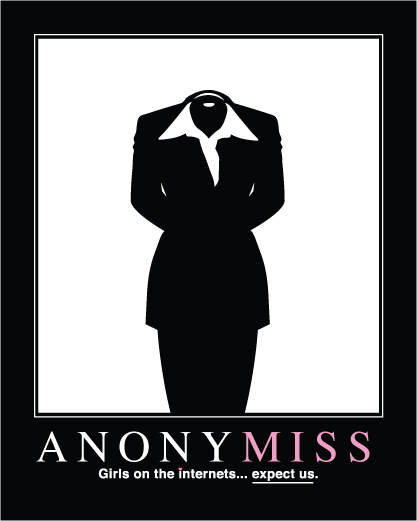After reading the articles about blogging in the first lecture, I started to further look at the question of who blogs?
I blog. I started a blog about my time here in Finland as a way to keep my friends and family back home updated on all of the experiences I was having while I’m here. It was easier than trying to wait for a good time to Skype with them or having to deal with the never ending wait for an e-mail back, or having to send 10 or more people the same e-mail. My grandparents read my blog, my cousins and aunts and uncles read my blog. So do my parents and people that I go to university with, some friends and some just acquaintances. I know a lot of other international students who are also blogging about their time here in Finland as an easy way of updating home that they’re here and having a wonderful experience.
I also know people who blog on blogging sites such as Tumblr. For those not familiar with Tumblr, I recommend checking it out once or twice. A lot of things from Tumblr end up on facebook, so if you don’t want to you’re still probably getting the tumblr experience. Tumblr is a blogging site where people can post pictures and text blog just like everywhere else, but they’re also able to reblog what people they follow are saying. It’s kind of a mix of Twitter and blogging. Most things that get re-blogged are gif images of funny things or the new craze of memes (I’m still not quite sure what memes really are, but they’re funny.) One of the unique features of tumblr that you can activate for your blog is an ask bar. The ask bar usually sits at the top of the blog near the persons display photo and you can ask either anonymous comments or if you have a tumblr, comments with your tumblr username attached to them.
Many of the people who I know and see using blogging sites such as Tumblr are females between the ages of 14 and 24 which is consistent with the articles we read in class. Some of the blogs are about fashion, some include bits of fashion and some make fun of fashion. Some include music reblogs or pictures of favorite bands and the like. There is even a tumblr blog that a lot of people follow and then reblog about things to do before you die. Those posts usually have a picture with writing over them saying something like: “Travel the world” with a picture of the Eiffle Tower behind it. The other thing that is posted a lot by the few Tumblr blogs of people I look at ever so often is a list of questions that the blogger wants their followers to ask them. They tell their followers to just put a number into their ask bar and they’ll answer that question. Some blog these more than others but what I do notice is that hardly anyone actually asks a question, but still there are more and more posts asking to be asked a question or two. You almost get the sense of desperation from the user.
I think this is the key to why you tend to see girls on blogs. Girls have a bigger need to feel like they fit in, hence the statement in the one article we read that stated that it was good the internet wasn’t geeky anymore. Girls especially during their teenage years have a need to fit in. They need constant reiteration that they’re just like everyone else. And the difference between boys who need that and girls who need that is that girls I feel tend to go searching for it more than boys do. I will openly admit, at 14 I wanted to fit in and just be normal and like everyone else. I didn’t want to stand out, positively or negatively, I just wanted to be like everyone else. I think it’s the societal pressures mixing with the changing hormones of teenagers for teen girls to put this into overdrive.
When looking other places, such as TV shows and movies however, I noticed that those had more males blogging than females. The males weren’t usually blogging for a personal, just because I can, way though. It was more for a professional goal, or a blog such as the blog many of the international students have. They blog about interests just for the heck of it. They blog to have somewhere to put their voice out there and to have an outlet for what they want to say. They hope someone will read it and enjoy and spread the word, but they don’t go asking for interaction on their blog like many of the teen girls on sites such as Tumblr do.
I do think that Tumblr blogging is just another fad and the girls, and boys, that are on Tumblr will grow out of it as they become more sure of themselves and of who they are. I think that Tumblr is something that in a few years, the users may look back at and say “I cannot believe I asked people to ask me a question on Tumblr! I don’t know if I would have actually answered it.” Kind of the way our generation of internet users looks back on our myspace profiles: “How many times did I really ask for picture comment for picture comment? Was I really that desperate to be told I looked nice in my photo?”
I also think that a lot of the world of blogging will start to die down. It had started to in the United States and then Tumblr came about. I think blogs will start to become more of a professional thing and that many of these users may turn to a more professional blog as they get older.

